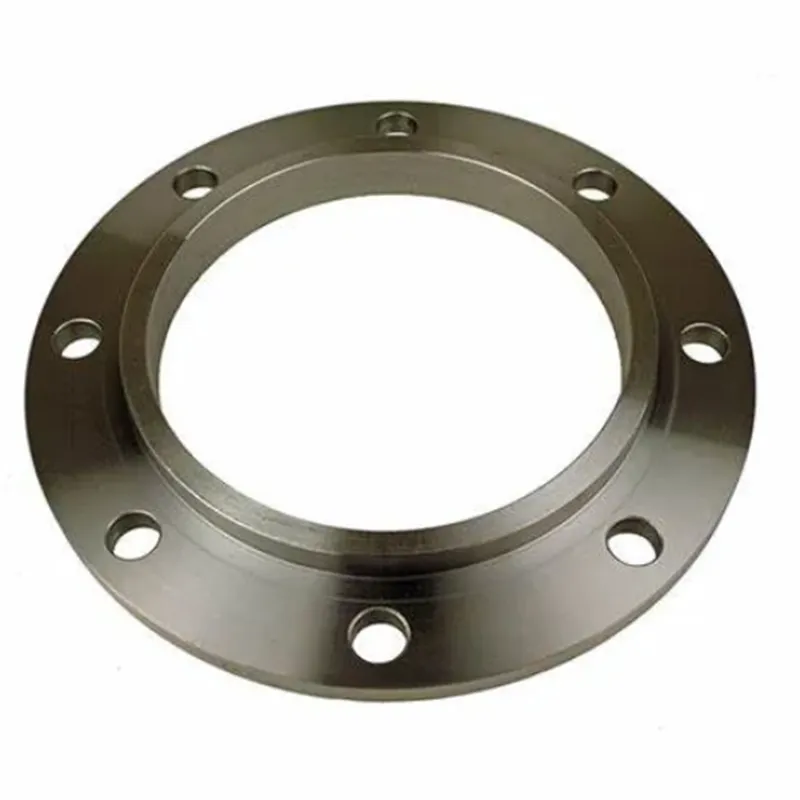-
Cangzhou Yulong Steel Co., Ltd.
-
Phone:
+86 13303177267 -
Email:
admin@ylsteelfittings.com
- English
- Arabic
- Italian
- Spanish
- Portuguese
- German
- kazakh
- Persian
- Greek
- French
- Russian
- Polish
- Thai
- Indonesian
- Vietnamese
- Zulu
- Korean
- Uzbek
- Hindi
- Serbian
- Malay
- Ukrainian
- Gujarati
- Haitian Creole
- hausa
- hawaiian
- Hebrew
- Miao
- Hungarian
- Icelandic
- igbo
- irish
- Japanese
- Javanese
- Kannada
- Khmer
- Rwandese
- Afrikaans
- Albanian
- Amharic
- Armenian
- Azerbaijani
- Basque
- Belarusian
- Bengali
- Bosnian
- Bulgarian
- Catalan
- Cebuano
- China
- China (Taiwan)
- Corsican
- Croatian
- Czech
- Danish
- Esperanto
- Estonian
- Finnish
- Frisian
- Galician
- Georgian
- Kurdish
- Kyrgyz
- Lao
- Latin
- Latvian
- Lithuanian
- Luxembourgish
- Macedonian
- Malgashi
- Malayalam
- Maltese
- Maori
- Marathi
- Mongolian
- Myanmar
- Nepali
- Norwegian
- Norwegian
- Occitan
- Pashto
- Dutch
- Punjabi
- Romanian
- Samoan
- Scottish Gaelic
- Sesotho
- Shona
- Sindhi
- Sinhala
- Slovak
- Slovenian
- Somali
- Sundanese
- Swahili
- Swedish
- Tagalog
- Tajik
- Tamil
- Tatar
- Telugu
- Turkish
- Turkmen
- Urdu
- Uighur
- Welsh
- Bantu
- Yiddish
- Yoruba

Nov . 29, 2024 11:14 Back to list
Welding Techniques for Joining Pipes to Flat Plates Effectively
Welding Pipe to Flat Plate Techniques, Challenges, and Best Practices
Welding is a fundamental process in manufacturing and construction, essential for joining various materials. One common application is welding pipes to flat plates. This technique is vital in sectors like oil and gas, water distribution, and mechanical engineering, where robust and leak-proof joints are necessary. In this article, we will delve into the techniques, challenges, and best practices of welding pipes to flat plates.
Understanding the Joint Design
Before executing the welding process, a crucial step is the design of the joint. The configuration between the pipe and the flat plate may vary based on the application. Generally, the joint can take the form of a socket weld or a fillet weld, with each having distinct benefits depending on the service conditions and structural requirements.
Socket welds are often used for smaller diameter pipes and provide a neat aesthetic due to the alignment of the pipe inside the plate. In contrast, fillet welds are more prevalent for larger pipes or when accessing the weld area is challenging. Proper joint design not only influences the aesthetics but also substantially affects the strength and integrity of the weld.
Preparation Cleaning and Fit-Up
Preparation is a critical aspect of welding. Both surfaces—the pipe and the plate—must be thoroughly cleaned to remove any contaminants, such as oil, grease, rust, and scale. These impurities can create weak points in the weld, leading to potential failures.
Fit-up is another essential step. The alignment between the pipe and the flat plate must be precise to ensure a quality weld. Gaps or misalignments can cause defects in the weld, necessitating rework. Using fixtures or jigs can help maintain the correct alignment during the welding process.
Welding Techniques
Several welding techniques can be employed when welding pipes to flat plates, including TIG (Tungsten Inert Gas), MIG (Metal Inert Gas), and Stick welding (Shielded Metal Arc Welding).
- TIG Welding Best suited for thin materials, TIG welding provides excellent control over the heat input and is ideal for high-quality welds. It is especially useful for stainless steel and aluminum pipes. - MIG Welding This method offers higher deposition rates and is excellent for thicker materials. MIG welding is versatile and can be used for various pipe materials, making it a popular choice in industrial applications.
- Stick Welding More commonly used for outdoor applications or where equipment portability is essential, Stick welding is robust and can handle various materials. However, it may not provide the same aesthetic finish as the TIG or MIG processes.
welding pipe to flat plate

Choosing the right welding method depends on several factors, including material type, thickness, and the specific application requirements
.Challenges in Welding
Welding pipes to flat plates does present several challenges. Thermal expansion can cause warping or distortion of the material, affecting the final assembly's integrity. To mitigate this, preheating the materials may be necessary, especially when welding thick sections or materials prone to cracking.
Another challenge is controlling the heat-affected zone (HAZ). Excessive heat can lead to detrimental changes in the microstructure of the base material, which may compromise strength and durability. Employing proper welding parameters and techniques can help minimize these risks.
Best Practices
To ensure the quality and longevity of the weld when joining pipes to flat plates, several best practices should be adhered to
1. Proper Joint Design Select a joint design that suits the application and ensures sufficient strength.
2. Thorough Cleaning Never underestimate the importance of cleaning the surfaces prior to welding.
3. Use of Fixtures Employ fixtures or jigs to ensure proper alignment and reduce distortion during welding.
4. Control Heat Input Adjust the welding parameters to control the heat input and the size of the HAZ.
5. Post-Weld Treatment Consider applying post-weld heat treatment if necessary to relieve stresses and enhance metallurgical properties.
In conclusion, welding pipes to flat plates is a critical process requiring careful planning and execution. By understanding the joint design, employing the right welding techniques, and adhering to best practices, welders can create strong, reliable connections that meet the demands of various industrial applications.
Latest news
-
ANSI 150P SS304 SO FLANGE
NewsFeb.14,2025
-
ASTM A333GR6 STEEL PIPE
NewsJan.20,2025
-
ANSI B16.5 WELDING NECK FLANGE
NewsJan.15,2026
-
ANSI B16.5 SLIP-ON FLANGE
NewsApr.19,2024
-
SABS 1123 FLANGE
NewsJan.15,2025
-
DIN86044 PLATE FLANGE
NewsApr.19,2024
-
DIN2527 BLIND FLANGE
NewsApr.12,2024
-
JIS B2311 Butt-Welding Fittings LR/SR 45°/90° /180°Seamless/Weld
NewsApr.23,2024











